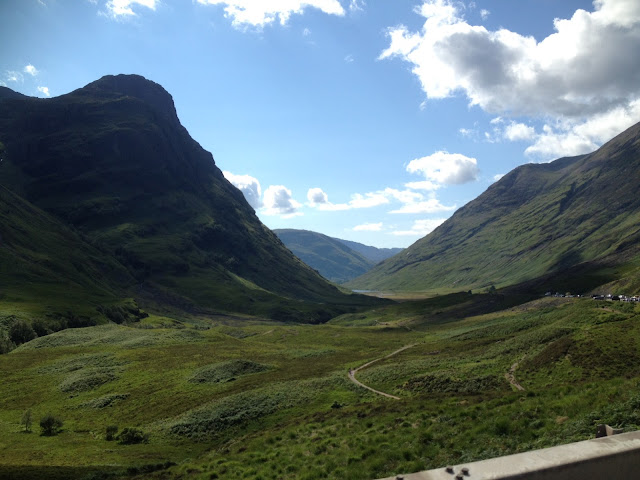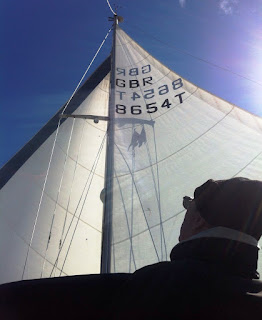Kingston upon Hull - City of Culture 2017
Hull’s real name is Kingston because, according to the tourist information, it reflects its initial purchase by King Edward I at the end of the 13th century, who saw in the small trading port its important strategic location between the South and Scotland. During the 18th and 19th centuries the town expanded rapidly as a result of increased trade and was regarded as the country's third port after London and Liverpool. Its prosperity came from the docks, not only the commercial docks handling freight
from around the world but also the fish docks. We had our friends Peter and Olivia
with us for a couple of days and Olivia had grown up in Hull. Her family were
fishermen so she told us lots of really interesting stories about growing up in
the dock area of Hull. The fishermen had a hard life often being away for weeks
at a time as they travelled North to fish and fishermen were sometimes lost at
sea. Olivia told me about the Land of Green Ginger and here is a picture of it.
We
were interested in sea related culture so we visited the Ferens Art Gallery which
had a exhibition of sea related art. One of the most interesting was the pile of what appeared to be stones and pebbles but was in fact polystyrene rubbish washed up on the shore. This is quite shocking and shows how polluted our seas have become. We must take some action now...do look at Greenpeace and other ecology groups to see what you can do!
The offshore exhibition then led us to the Maritime Museum opposite.
 |
Land of Green Ginger!
|
The offshore exhibition then led us to the Maritime Museum opposite.
 |
| Poppies Weeping Window by Paul Cummins artist and Tom Piper designer |
The Maritime Museum had some of the poppies from the Tower of
London installation which were lovely and very moving. Hull was heavily bombed during the war and lost many men and women in the war at home and abroad.
Hull has changed a lot since the days of the docks. One dock, the Queen's Dock, has been filled in and made into a garden and a pedestrian area and a lot of the traffic has been re routed and thus made the centre a pleasant place to walk around. The bus service is excellent in Hull, we never had to wait more than a few minutes. At the side of the station there are about 20 bus bays with varied destinations.
Hull has changed a lot since the days of the docks. One dock, the Queen's Dock, has been filled in and made into a garden and a pedestrian area and a lot of the traffic has been re routed and thus made the centre a pleasant place to walk around. The bus service is excellent in Hull, we never had to wait more than a few minutes. At the side of the station there are about 20 bus bays with varied destinations.
As part of the celebrations the Holy Trinity church in the old dock area was being made into
a Minster by the Archbishop of York on Saturday. Strangely, although Hull is a
city it didn’t have a cathedral......... until Saturday that is!
We were staying in the Mayfair Hotel in Beverley Road, it
didn’t quite live up to it’s name but it was quiet and clean, that was the main
thing. It was in a Polish area, with Polish shops, butchers and a restaurant
which we sampled. The food was lovely, the portions huge and the staff very
pleasant. The Polish draught beer was also very good.
I had spied a Victorian baths just up the road from our
hotel and I really wanted to go for a swim, so on Saturday morning we went
along. It was very similar to the one in Ipswich, a small pool with changing
rooms around the edge and a shower at the end of the pool. It also had Vapour
rooms and Slipper baths. Vapour rooms were the steam and sauna and slipper baths
(no longer used) were for those without a bathroom to come and have a bath. I
am not sure why they were called slipper baths, perhaps someone could let me
know or I will research it and let you know. As Josh pointed out it was opened
in 1905 so is in fact Edwardian. Here are some pictures of the interior.


Peter and Olivia said goodbye and were staying on in Hull while we caught the train back to Scarborough to resume our sailing to Whitby the next day.

 |
| Josh, Olivia and Peter outside the old grammer school Hull |










Comments
Post a Comment